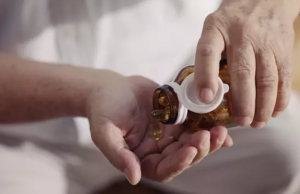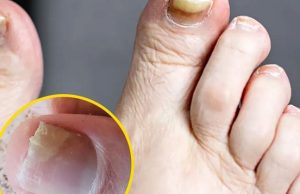
Orchids are a popular choice for many houses because of their remarkable beauty and brilliant hues. With more than 25,000 species in the wild, their diversity is clear and each one needs special attention. These delicate plants require careful management.
A common mistake is the misconception about pruning or cutting an orchid, especially its aerial roots. Let’s clear up this misunderstanding:
Aerial Roots: To Cut or Not to Cut?
It’s crucial to recognize that trimming the aerial roots of an orchid should only be considered if they exhibit signs of rot. These roots extend beyond the pot, acclimating to the surrounding air. If they seem healthy, it indicates that the orchid is thriving in a suitable environment with sufficient humidity.
The existence of aerial roots doesn’t necessarily signal the need for repotting the orchid. Instead, focus on ensuring that the tips of these roots maintain a green color, indicating their good health. If the roots take on a grayish hue, it could be a sign that they are drying out.
Reviving Dry Aerial Roots

For drying roots, try this simple remedy:
Fill a bowl with water.
Immerse the aerial root in the water.
This immersion supplies the essential moisture, restoring the root to its vibrant green state. Additionally, the evaporating water can contribute to elevated room humidity, fostering the growth of the plant.
Watering Your Orchid
Relying solely on the color of aerial roots to gauge your orchid’s watering requirements is not advisable. Instead, examine the roots inside the pot. Green roots suggest sufficient moisture, while a grayish tint indicates a need for watering. It’s important to note that aerial roots may often appear gray, which can be misleading.
In conclusion, orchids are delicate plants that demand meticulous care. Paying attention to their roots – both aerial and potted – can provide insight into their health and needs. Refrain from making the common mistake of cutting these vital aerial roots and instead, nurture them, ensuring a thriving orchid.
Source: Foody Bloger



















